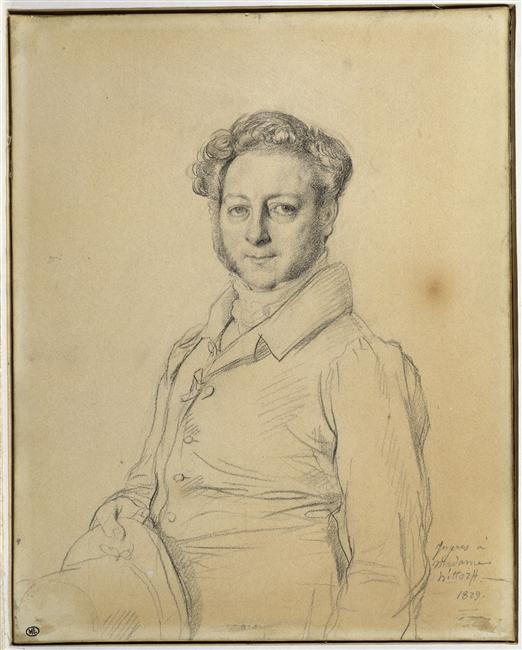|
Reims Manège And Circus
The Reims Manège and Circus (french: Manège et Cirque de Reims) were built in 1865 and 1867 respectively over designs by architect Narcisse Brunette, in Reims Reims ( , , ; also spelled Rheims in English) is the most populous city in the French department of Marne, and the 12th most populous city in France. The city lies northeast of Paris on the Vesle river, a tributary of the Aisne. Founded b ..., France. The circus was one of many circuses built in France following "the model that Hittorff perfected in Paris." Both buildings are '' monuments historiques'' of France. References External links Le Manège et le Cirque {{Authority control Buildings and structures in Reims Circuses ... [...More Info...] [...Related Items...] OR: [Wikipedia] [Google] [Baidu] |
Reims
Reims ( , , ; also spelled Rheims in English) is the most populous city in the French department of Marne, and the 12th most populous city in France. The city lies northeast of Paris on the Vesle river, a tributary of the Aisne. Founded by the Gauls, Reims became a major city in the Roman Empire. Reims later played a prominent ceremonial role in French monarchical history as the traditional site of the coronation of the kings of France. The royal anointing was performed at the Cathedral of Reims, which housed the Holy Ampulla of chrism allegedly brought by a white dove at the baptism of Frankish king Clovis I in 496. For this reason, Reims is often referred to in French as ("the Coronation City"). Reims is recognized for the diversity of its heritage, ranging from Romanesque to Art-déco. Reims Cathedral, the adjacent Palace of Tau, and the Abbey of Saint-Remi were listed together as a UNESCO World Heritage Site in 1991 because of their outstanding Romanesque ... [...More Info...] [...Related Items...] OR: [Wikipedia] [Google] [Baidu] |
Narcisse Brunette
Narcisse Brunette (15 August 1808 – 8 October 1895) was a French architect. A student of François Debret, Brunette began his career as an inspector and architect engaged in the work on the courthouse of Reims. In 1837, he was appointed architect of the city and hospices of Reims and diocesan architect. Brunette was, for nearly 50 years, architect of the city of Reims. He was responsible for the rescue of the Basilica of Saint-Remi The Basilica of Saint-Remi (french: Basilique Saint-Remi) is a medieval abbey church in Reims, France (Rue Simon). It was founded in the 11th century "over the chapel of St. Christophe where St. Remi was buried." It is "the largest Romanesque chu ... and of Saint-Maurice. He built the churches of St. Andrew, St. Thomas, the vocational school, the retirement home (later demolished), the Manège and Circus and the Armory. He also restored the Mars Gate. Among his principal works were restoration of the Church of Saint-Jacques in Reims, the restor ... [...More Info...] [...Related Items...] OR: [Wikipedia] [Google] [Baidu] |
Jacques Ignace Hittorff
Jacques Ignace Hittorff or, in German, Jakob Ignaz Hittorff (, ) (Cologne, 20 August 1792 – 25 March 1867) was a German-born French architect who combined advanced structural use of new materials, notably cast iron, with conservative Beaux-Arts classicism in a career that spanned the decades from the Restoration to the Second Empire. Biography After serving an apprenticeship to a mason in his native city, he went in 1810 to Paris, and studied for some years at the Académie des Beaux-Arts while working concurrently as a draughtsman for Charles Percier. At the Académie, he was a favourite pupil of the government architect François-Joseph Bélanger, who employed him in the construction of one of the first cast-iron constructions in France, the cast-iron and glass dome of the grain market, '' Halle au Blé'' (1808–13). In 1814, Bélanger appointed Hittorff his principal inspector on construction sites. Succeeding Bélanger as government architect in 1818, Hittorf ... [...More Info...] [...Related Items...] OR: [Wikipedia] [Google] [Baidu] |
Monument Historique
''Monument historique'' () is a designation given to some national heritage sites in France. It may also refer to the state procedure in France by which National Heritage protection is extended to a building, a specific part of a building, a collection of buildings, a garden, a bridge, or other structure, because of their importance to France's architectural and historical cultural heritage. Both public and privately owned structures may be listed in this way, as well as movable objects. As of 2012 there were 44,236 monuments listed. The term "classification" is reserved for designation performed by the French Ministry of Culture for a monument of national-level significance. Monuments of lesser significance may be "inscribed" by various regional entities. Buildings may be given the classification (or inscription) for either their exteriors or interiors. A monument's designation could be for a building's décor, its furniture, a single room, or even a staircase. An example is ... [...More Info...] [...Related Items...] OR: [Wikipedia] [Google] [Baidu] |
Buildings And Structures In Reims
A building, or edifice, is an enclosed structure with a roof and walls standing more or less permanently in one place, such as a house or factory (although there's also portable buildings). Buildings come in a variety of sizes, shapes, and functions, and have been adapted throughout history for a wide number of factors, from building materials available, to weather conditions, land prices, ground conditions, specific uses, prestige, and aesthetic reasons. To better understand the term ''building'' compare the list of nonbuilding structures. Buildings serve several societal needs – primarily as shelter from weather, security, living space, privacy, to store belongings, and to comfortably live and work. A building as a shelter represents a physical division of the human habitat (a place of comfort and safety) and the ''outside'' (a place that at times may be harsh and harmful). Ever since the first cave paintings, buildings have also become objects or canvasses of much artis ... [...More Info...] [...Related Items...] OR: [Wikipedia] [Google] [Baidu] |


